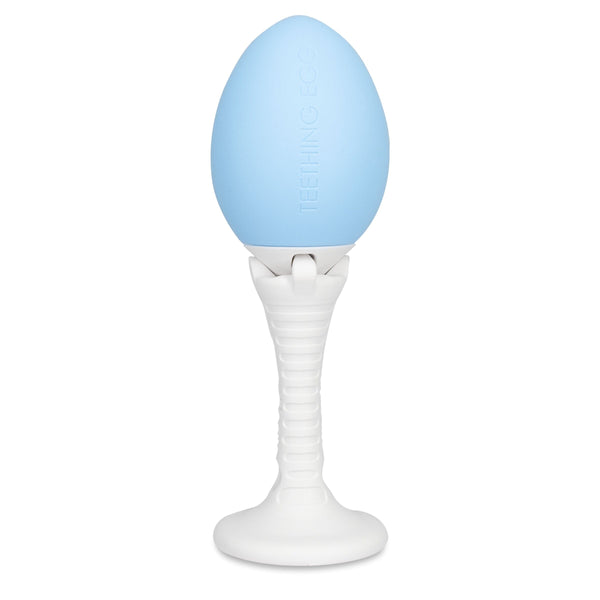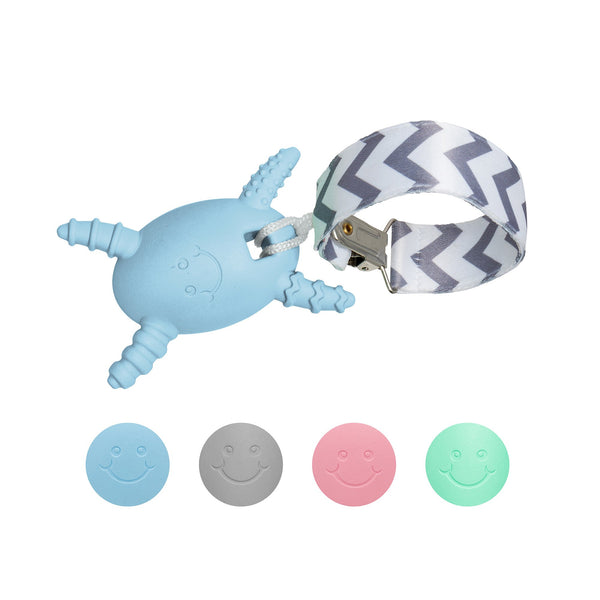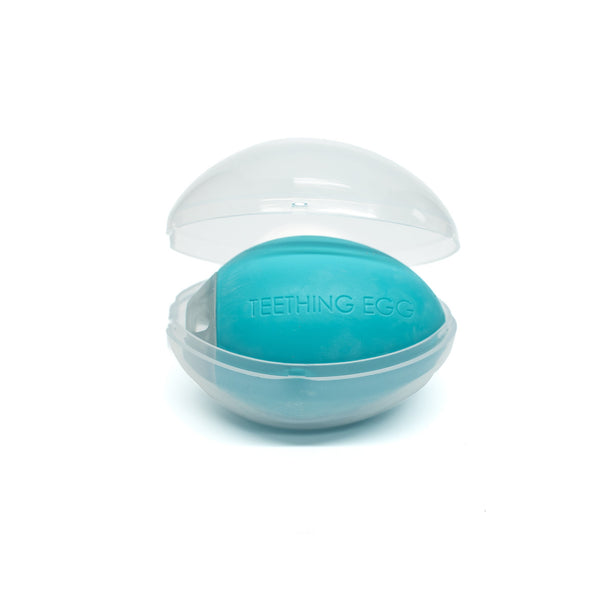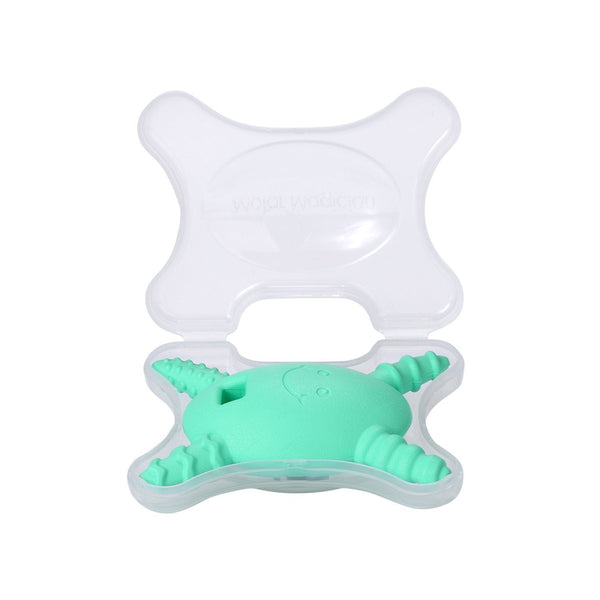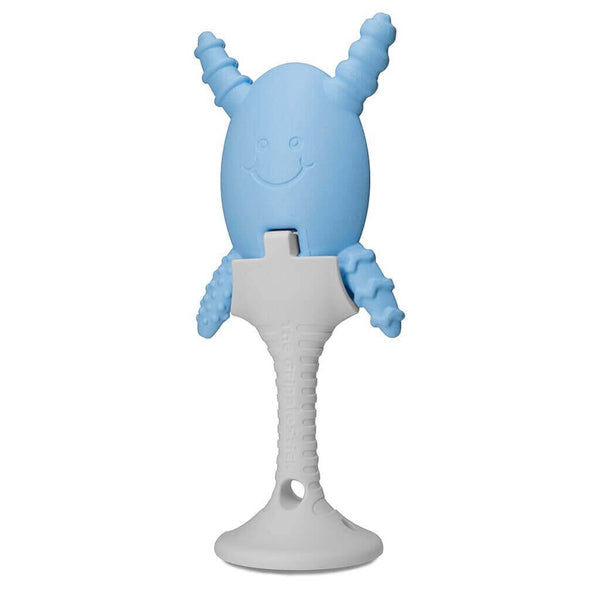Babies undergo numerous developmental changes in their first few years of life, and growth spurts are a common occurrence during this period. These phases involve rapid physical and cognitive development, leading to noticeable changes in a baby's behavior, eating habits, and sleep patterns. Understanding what a growth spurt entails, recognizing its signs, and knowing how to support your baby through these phases are crucial aspects of parenting.
What is a Growth Spurt?
A growth spurt refers to a period during which a baby experiences rapid and intense physical and developmental changes in a relatively short time. These spurts are characterized by sudden increases in height, weight, and head circumference as the baby's body rapidly grows and matures. These phases are crucial for the baby's overall development, contributing to milestones in motor skills, cognitive abilities, and more.
Signs of a Growth Spurt:
Recognizing the signs of a growth spurt can help parents understand their baby's needs better, these are what you should look out for:
- Increased Appetite: One of the most common signs is a sudden increase in appetite. Babies might nurse more frequently or show an increased interest in feeding during these periods.
- Fussiness and Irritability: Babies can become fussier than usual during growth spurts. They might seem more unsettled, clingy, or irritable due to discomfort from rapid growth.
- Changes in Sleep Patterns: Some babies may experience disrupted sleep patterns, either sleeping more or less than usual. This disruption can result from the physical and mental changes happening during the growth spurt.
- Increased Physical Activity: Babies may become more active, displaying increased motor skills such as rolling over, crawling, or attempting to walk, depending on their developmental stage.
Growth Spurts Throughout Early Development:
Growth spurts occur at various stages from birth to about 24 months, although the timing can vary for each baby. Typically, these spurts are observed at these approximate intervals:
- Birth to 6 months: Babies tend to have growth spurts around 1-3 weeks, 6 weeks, 3 months, and 6 months. These spurts involve rapid physical growth and cognitive development, including improved visual focus and motor skills.
- 6 to 12 months: Growth spurts might occur around 6, 9, and 12 months. During these periods, babies often start teething, may begin to crawl or walk, and show increased curiosity and exploration.
- 12 to 24 months: Growth spurts may occur at 12, 18, and 24 months. Toddlers during this phase experience significant growth in language development, social skills, and motor coordination.
Duration of Growth Spurts
Growth spurts typically last for a few days to a week. However, the intensity and duration can vary between babies. Some babies might experience shorter, more frequent spurts, while others may have longer but less frequent episodes.
Changes in Eating Patterns
During growth spurts, it's common for babies to demand more frequent feedings or larger quantities of milk or formula. Breastfed babies may want to nurse more frequently, while formula-fed infants might finish bottles faster or ask for additional feedings. This increased appetite is the body's way of fueling rapid growth.
Sleeping Patterns During Growth Spurts
Growth spurts can disrupt a baby's sleep routine. Some infants may sleep longer stretches due to increased energy consumption during growth, while others might experience more wakeful periods or shorter naps. Comforting routines before bedtime can help ease them into sleep during these phases.
Dealing with Baby Growth Spurts
To help your baby through growth spurts:
- Feed on Demand: Be responsive to your baby's increased hunger cues and offer feedings as needed, whether breastfeeding or formula feeding.
- Comfort and Soothe: Provide extra comfort and cuddles to help ease your baby's fussiness or discomfort during these periods.
- Maintain Routine: Stick to a consistent daily routine as much as possible to provide comfort and familiarity for your baby amidst the changes.
- Offer Support: Encourage and assist your baby in their newfound abilities, whether it's practising sitting up, crawling, or standing.
Nurturing and Comforting Your Growing Baby
During growth spurts, fostering a nurturing environment is essential:
- Physical Comfort: Hold and cuddle your baby often to provide physical reassurance and comfort during these periods of change.
- Emotional Support: Respond promptly to your baby's cues and provide a secure, loving environment to foster emotional well-being.
- Maintain Consistency: Stick to familiar routines and cues that provide comfort to your baby, such as a calming bedtime routine or a favorite soothing toy or blanket.
- Offer Gentle Stimulation: Engage your baby in age-appropriate activities that encourage their development and exploration.
In conclusion, growth spurts are an integral part of a baby's development. Understanding the signs, being attentive to your baby's needs, and providing nurturing support are key elements in navigating these periods. While growth spurts can be challenging, they also represent incredible milestones in your baby's journey toward growth and development. By being responsive, supportive, and providing comfort, parents can help their babies navigate these phases with love and care.

